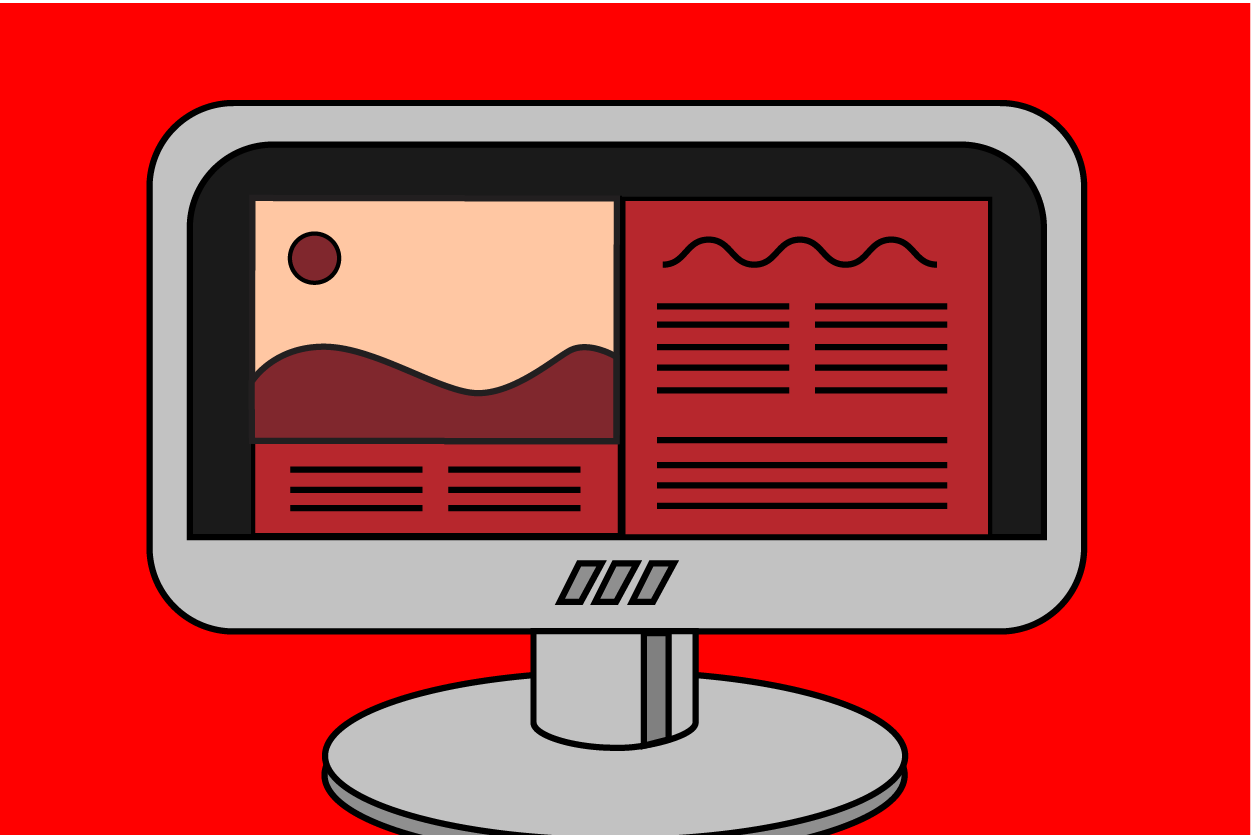It has been a long time since people were regularly standing out in the streets selling the daily newspaper. As the years go by, print media is becoming increasingly digital. Local newspapers are closing up shop, national newspapers are reducing their circulation in favour of digital sites. And while there are concerns, there are also a wide new array of opportunities for journalists, advertisers and content creation.
Print Media
“Media” itself is an umbrella term. There are four main types of media: print media, broadcast media, internet media and out-of-home media. These include newspapers, magazines, mail, television, radio, movies, social media and sometimes billboards.
Print media took the world by storm in the 17th century after Johannes Gutenberg created the world's first moveable type printing press. This technology, first created in the 15th century, was first mostly used for books, but its uses were later expanded to include newspapers in Europe.
Today, many are moving away from the traditional print industry in favour of digitization and getting their news online. However, print is still not dead and won't be going extinct anytime soon.
The Shift to Digital
The biggest shift from print to digital media took place within the first two decades of this century, according to the 2021 U.S. Census Bureau. The Bureau found that the estimated weekday circulation of U.S. daily newspapers was at a high at 55.8 billion in the year 2000, and dropped to a staggering 24.2 billion by 2020, with revenue also cut in half during that 20-year time period.
Why? Partly COVID-19, which pushed people towards the Internet. But digital media, which includes websites, video platforms and social media, was also more accessible than print or television — and much less expensive.
Digital media expanded on marketing and communication through the use of retargeting advertisements, native advertising, customer relationship management tools and big data about audiences. Digital communication also made it easier to see and review more photos, videos and stories than a newspaper or TV broadcast.
Print Media in the Modern Era
But, like we said, this doesn't mean print is dead. Far from it, recent research shows that print media advertising is expected to reach $32.6-billion in 2024. The AtOnce data also found magazine readership has remained steady within the past decade, even in the decline of newspaper circulation. In 2022, the study found 91% of adults were still reading magazines, and print media advertisements were also considered to be more trustworthy than digital.
Print media still exist in the world today, but it has changed drastically, often paired with its digital counterparts. Videographers, podcasters, UX designers, graphic designers and illustrators are just a few new types of positions that have joined the print media industry, working with newspapers and studios to add infographics, videos, audio and other appealing visuals that can be found online.
Publishers are also including information in their print publications that link readers to their online social media presence. QR codes and augmented reality are also now being used to bring newspapers' static images to life and archived issues are now offered as an incentive to subscribers.
Digital Media Today
Digital media has forever changed the journalism industry, and there are pros and cons. Local journalism has declined, and the advent of unchecked social media journalism has paved the way for rampant misinformation. However, it has also made news more instantly accessible, given it multi-media platforms to work with, opened the doors for citizen journalists and freelancers.
Many newspapers and magazines that have been around for decades are now moving their publications online and offering subscription-based services. These media outlets are also finding new presence on social media and are changing the layout of their work. The digital media world has allowed for more information to be spread quicker than ever and has opened new opportunities for advertisers and finding new ways of engagement.
The Future of Print Media
As local and paper publications continue to decline, digital media is becoming a primary news source for people all over the world. Along with the move, more subscription-based are becoming common, along with increased social media usage and new technology use.
For the print publications that do remain, many also have accessible online versions. The print copies also reflect the digital world, utilizing technology such as QR codes, AR and including information that redirects readers to their online presence. As much of the old print media begins to phase out, the growth of digital media is growing rapidly.
Written by Emily H.


